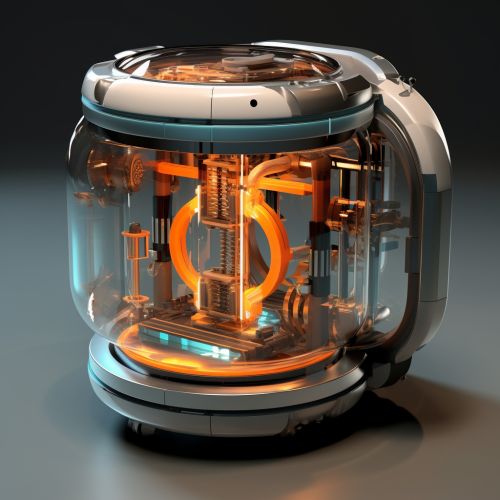The Role of Bioreactors in Tissue Engineering
Introduction
Bioreactors play a pivotal role in the field of tissue engineering, serving as systems that provide a controlled environment for the growth and development of biological tissues. These systems are designed to mimic the natural physiological conditions, thereby facilitating the proliferation and differentiation of cells into functional tissues. The use of bioreactors in tissue engineering has significantly advanced the capabilities of regenerative medicine, offering potential solutions for organ transplantation and disease modeling.
Bioreactors: An Overview
A bioreactor is a device or system engineered to support a biologically active environment, allowing for the cultivation of cells or tissues in controlled conditions. Bioreactors are predominantly used in biotechnological and pharmaceutical industries for the production of therapeutics, vaccines, and other bio-products. In the context of tissue engineering, bioreactors provide the necessary environment for the growth and maturation of engineered tissues, aiming to replicate the in vivo conditions as closely as possible.


Role in Tissue Engineering
Tissue engineering is a multidisciplinary field that combines principles of biology, engineering, and medicine to develop functional substitutes for damaged or diseased tissues. Bioreactors, in this regard, serve as an essential tool in the tissue engineering process, providing a controlled environment for the cultivation of cells on a scaffold, leading to the formation of functional tissues.
Cell Cultivation
Bioreactors are primarily used for the cultivation of cells, providing an environment that closely mimics the natural conditions within the body. They offer control over various parameters such as temperature, pH, oxygen concentration, and nutrient supply, which are crucial for cell growth and proliferation. The use of bioreactors allows for the large-scale production of cells, which is essential for the development of engineered tissues.
Scaffold Seeding
In tissue engineering, scaffolds are used as a template for tissue formation. Bioreactors facilitate the seeding of cells onto these scaffolds, ensuring uniform cell distribution and promoting cell attachment. The dynamic culture conditions provided by bioreactors enhance cell-scaffold interactions, leading to improved tissue formation.
Tissue Maturation
Following cell seeding, bioreactors provide the necessary conditions for tissue maturation. They allow for the application of mechanical forces, which are essential for the development of certain tissues such as bone and cartilage. Additionally, bioreactors enable the continuous supply of nutrients and removal of waste products, thereby maintaining the viability of the developing tissue.
Types of Bioreactors in Tissue Engineering
Several types of bioreactors are used in tissue engineering, each designed to cater to specific requirements of different tissues. These include static bioreactors, dynamic bioreactors, perfusion bioreactors, and rotating bioreactors.
Static Bioreactors
Static bioreactors, also known as conventional bioreactors, are the simplest type of bioreactors used in tissue engineering. They provide a static culture environment, where the medium is not agitated. While these bioreactors are easy to use and inexpensive, they are limited by issues such as nutrient gradients and insufficient waste removal.
Dynamic Bioreactors
Dynamic bioreactors provide a dynamic culture environment, where the medium is continuously agitated. This results in improved nutrient supply and waste removal, leading to enhanced cell growth and tissue formation. Dynamic bioreactors are particularly useful for the cultivation of shear-sensitive cells.
Perfusion Bioreactors
Perfusion bioreactors involve the continuous flow of medium through the cell-scaffold construct, mimicking the blood flow in the body. This ensures a uniform distribution of nutrients and oxygen, promoting cell growth and tissue development. Perfusion bioreactors are commonly used for the cultivation of dense tissues, such as bone and cartilage.
Rotating Bioreactors
Rotating bioreactors, also known as spinner flasks, involve the rotation of the culture vessel to create a dynamic culture environment. This results in improved nutrient supply and waste removal, as well as the application of shear stress, which is beneficial for the development of certain tissues.
Challenges and Future Perspectives
Despite the significant advancements in the use of bioreactors in tissue engineering, several challenges remain. These include the optimization of bioreactor design and operation, the development of scalable production processes, and the establishment of regulatory guidelines for the clinical translation of engineered tissues. Future research efforts are expected to address these challenges, paving the way for the widespread application of bioreactor technology in tissue engineering and regenerative medicine.
